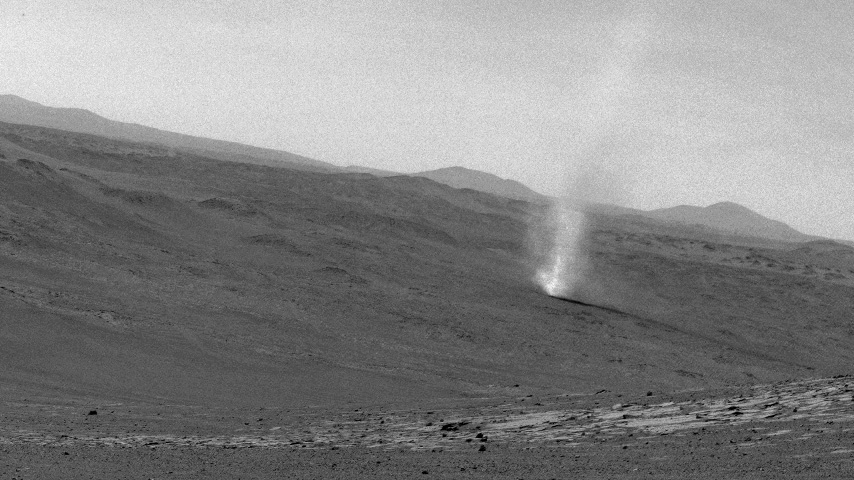This article is part of the NASA Knows! (Grades 5-8) series.
NASA stands for National Aeronautics and Space Administration. NASA is a United States government agency that is responsible for science and technology related to air and space. The Space Age started in 1957 with the launch of the Soviet satellite Sputnik. NASA was created in 1958. The agency was created to oversee U.S. space exploration and aeronautics research.
The administrator is in charge of NASA. The NASA administrator is nominated by the president and confirmed by a vote in the Senate.
NASA
http://www.nasa.gov
About NASA
http://www.nasa.gov/about/highlights/index.html
What Does NASA Do?
Many people know something about NASA’s work. But most probably have no idea about how many different things the agency does. Astronauts in orbit conduct scientific research. Satellites help scientists learn more about Earth. Space probes study the solar system, and beyond. New developments improve air travel and other aspects of flight. NASA is also beginning a new program to send humans to explore beyond the moon to Mars. In addition to those major missions, NASA does many other things. The agency shares what it learns, so that its information can make life better for people all over the world. For example, companies can use NASA discoveries to create new “spin-off” products.
NASA’s Education Office helps teachers to prepare the students who will be the engineers, scientists, astronauts and other NASA workers of the future. They will be the adventurers who will continue the exploration of the solar system and universe in the years to come. NASA has a tradition of investing in programs and activities that inspire and engage students, educators, families and communities in the excitement and discovery of exploration. NASA offers training to help teachers learn new ways to teach science, technology, engineering and mathematics. The agency also involves students in NASA missions to help them get excited about learning.
Contests and Things to Do With NASA
http://www.nasa.gov/audience/forstudents/stu-k-8-current-opps.html
What Does NASA Do?
http://www.nasa.gov/about/highlights/what_does_nasa_do.html
Missions
http://www.nasa.gov/missions/highlights/index.html
NASA Education Office
http://www.nasa.gov/education
Who Works for NASA?
NASA’s Headquarters is in Washington, D.C. The agency has nine centers, the Jet Propulsion Laboratory, and seven test and research facilities located in several states around the country. More than 18,000 people work for NASA. Many more people work with the agency as government contractors. Those people are hired by companies that NASA pays to do work for it. The combined workforce represents a wide variety of jobs. Astronauts may be the best-known NASA employees, but they only represent a small number of the total workforce. Many NASA workers are scientists and engineers. But people there hold many other jobs, too, from secretaries to writers to lawyers to teachers.
NASA Centers and Facilities
http://www.nasa.gov/about/sites/index.html
Budget Information
http://www.nasa.gov/about/budget/index.html
Career Corner for Students
https://www.nasa.gov/audience/forstudents/5-8/career/index.html
What Has NASA Done?
When NASA started, it began a program of human spaceflight. The Mercury, Gemini and Apollo programs helped NASA learn about flying in space and resulted in the first human landing on the moon in 1969. Currently, NASA has astronauts living and working on the International Space Station.
NASA’s robotic space probes have visited every planet in the solar system and several other celestial bodies. Telescopes have allowed scientists to look at the far reaches of space. Satellites have revealed a wealth of data about Earth, resulting in valuable information such as a better understanding of weather patterns.
NASA has helped develop and test a variety of cutting-edge aircraft. These aircraft include planes that have set new records. Among other benefits, these tests have helped engineers improve air transportation. NASA technology has contributed to many items used in everyday life, from smoke detectors to medical tests.
NASA History
http://www.nasa.gov/topics/history/index.html
NASA in Your LifeNASA's Journey to Mars
http://www.nasa.gov/mission_pages/exploration/main/index.html
Read What Is NASA? (Grades K-4)
Return to NASA Knows! (Grades 5-8)
Return to Students 5-8





































